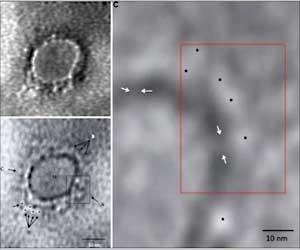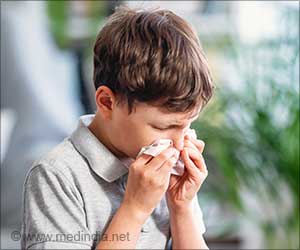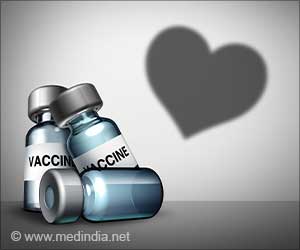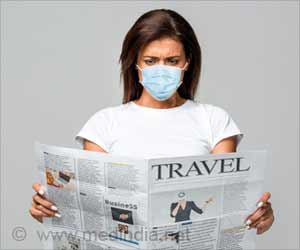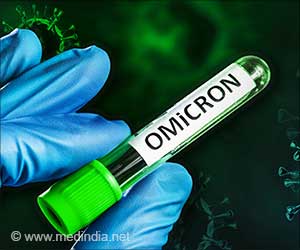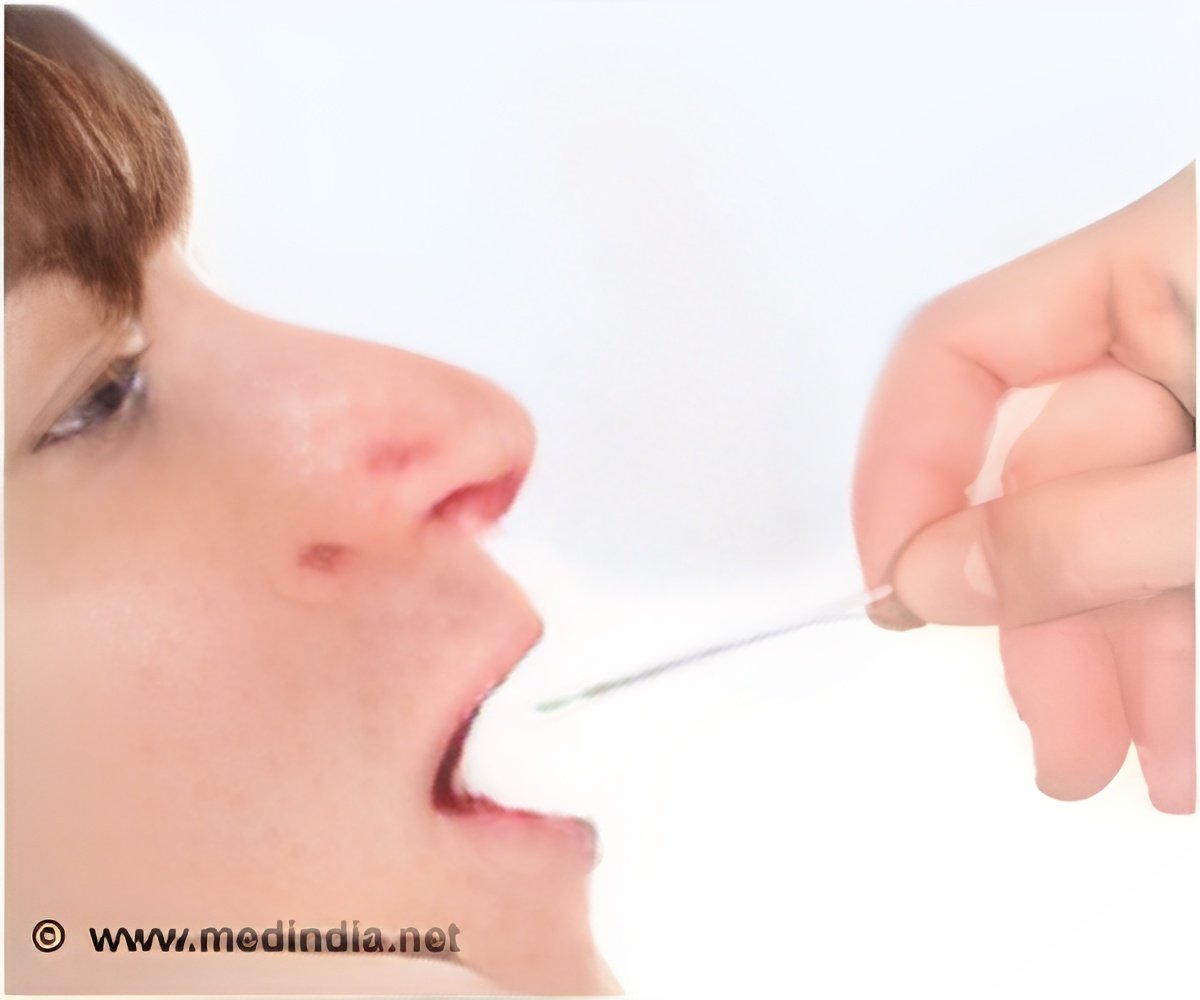
‘Saliva can be more efficient than nasopharyngeal swabs for COVID-19 testing. The addition of a simple processing step to saliva samples before testing may enhance the COVID-19 detection rate, reduce the challenges of nasopharyngeal testing, and promote mass surveillance.’
Tweet it Now
The study team included samples from a hospital and nursing home as well as from a drive-through testing site. In the first phase (protocol U), 240 matched NPS and saliva sample pairs were tested prospectively for SARS-CoV-2 RNA by RT-PCR. In the second phase of the study (SalivaAll), 189 matched pairs, including 85 that had been previously evaluated with protocol U, were processed in an Omni bead mill homogenizer (an innovative protocol designed by the team for higher sensitivity than NPS) before RT-PCR testing.
Saliva Sample Vs. Nasopharyngeal Swab
Also, additional studies were conducted to confirm the clinical sensitivity in NPS samples. It was found that in Phase I, 28.3% of samples tested positive for SARS-CoV-2 from either NPS, saliva, or both. The detection rate was lower in saliva compared to NPS (50.0% vs. 89.7%).
Whereas, in Phase II, 50.2% of samples tested positive for SARS-CoV-2 from saliva, NPS, or both. The detection rate was higher in saliva compared to NPS samples (97.8 % vs. 78.9%).
Advertisement
The team speculated that the gel-like consistency of saliva samples contributed to the lower sensitivity of saliva to RT-PCR testing. Thus adding the homogenization step rendered the saliva samples to attain uniform viscosity and consistency and made it easier to perform the assay.
Advertisement
Source-Medindia

